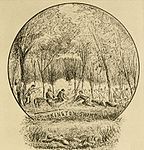
The 28th Massachusetts Infantry regiment was the second primarily Irish American volunteer infantry regiment recruited in Massachusetts for service in the American Civil War. The regiment's motto was Faugh a Ballagh

The 20th Massachusetts Volunteer Infantry, also known as the "Harvard Regiment", was a regiment of infantry in the American Civil War. The regiment was so nicknamed because the officers of the 20th were young Harvard graduates. In addition, some, but not all, of the private soldiers had attended Harvard. The 20th was organized at Camp Meigs in Readville, August 29 to September 4, 1861. After training they left Massachusetts for Washington, D. C., September 4. They would fight until the war's conclusion being mustered out on July 16 and discharged July 28, 1865. Fogel et al's Union Army Data urban sample suggests perhaps as many as two-thirds of the regiment's enlisted were immigrants with Irish immigrants making up half of the regiment's total.
The 53rd Massachusetts Volunteer Infantry was an infantry regiment recruited in Massachusetts for service in the American Civil War. The volunteers, mostly farmers, predominantly hailed from north-central Massachusetts.
The 60th Regiment Massachusetts Volunteer Infantry was an infantry regiment that served in the Union Army during the American Civil War from 1864 to 1865.
The 62nd Massachusetts Volunteer Infantry Regiment was an infantry regiment being raised to serve in the Union Army during the American Civil War. The war ended before the unit was complete.
The 61st Regiment Massachusetts Volunteer Infantry was an infantry regiment raised for one year's service in the Union Army during the American Civil War from 1864 to 1865.
The 41st Regiment Massachusetts Volunteer Infantry was a three-year infantry regiment that served in the Union Army during the American Civil War. It was recruited as part of Governors Banks' and Andrew's recruitment drives to supply the union with a military force to hold and expand Union control of the lower Mississippi. In the late winter/early spring of 1863, it was converted to mounted infantry and later to cavalry. On its conversion in June 1863 at Port Hudson, it was disestablished and re-established as the 3rd Massachusetts Volunteer Cavalry.

The 51st Regiment Massachusetts Volunteer Infantry was a regiment of infantry that served in the Union Army during the American Civil War. The regiment was assigned to Major General John G. Foster's Department of North Carolina, later designated as the XVIII Corps. While based in New Bern, North Carolina, the 51st Massachusetts took part in several expeditions involving numerous units from Foster's command and were engaged in the Battle of Kinston, the Battle of White Hall and the Battle of Goldsborough Bridge, among other engagements.

The 7th Regiment Massachusetts Volunteer Infantry was an infantry regiment in the Union army during the American Civil War. It was formed on June 15, 1861, in Taunton. Its original commander was Colonel Darius N. Couch who would eventually be promoted to command the II Corps of the Army of the Potomac and, after that, the Department of the Susquehanna.
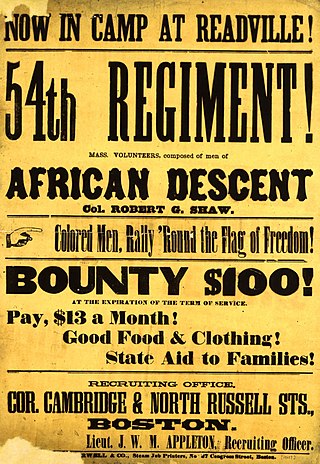
Camp Meigs is a former American Civil War training camp that existed from 1862 to 1865 in Readville, Massachusetts. It was combined from the former Camp Brigham and Camp Massasoit and trained the 54th Regiment Massachusetts Volunteer Infantry, among others. The 54th regiment was one of the first official African-American units in the United States during the Civil War. The former camps were merged into Camp Meigs in August 1862. Camp Meigs was named for Montgomery C. Meigs.
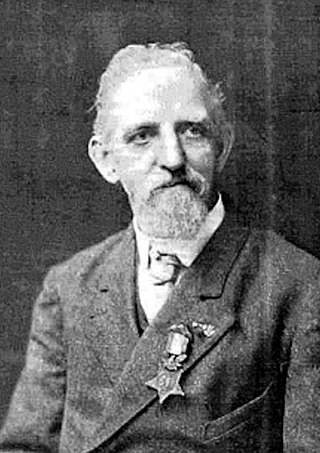
John H. Harbourne was an English born American soldier who fought in the American Civil War. Harbourne received his country's highest award for bravery during combat, the Medal of Honor. Harbourne's medal was won for his actions during the Second Battle of Petersburg on June 17, 1864. He was honored with the award on February 24, 1897.
Marcus M. Haskell was an American soldier who fought in the American Civil War. He received the Medal of Honor, the highest military award, for rescuing a wounded man while under fire at Antietam, on 17 September 1862, in spite of his own wound.
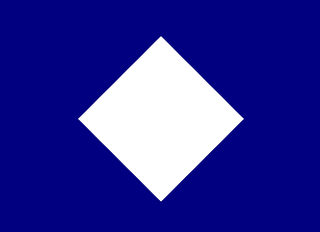
The 16th Massachusetts was an infantry regiment that served in the Union Army during the American Civil War formed of volunteers from the Commonwealth of Massachusetts.

The 17th Massachusetts was an infantry regiment that served in the Union Army during the American Civil War.
The 25th Regiment Massachusetts Volunteer Infantry was an infantry regiment that served in the Union Army during the American Civil War.
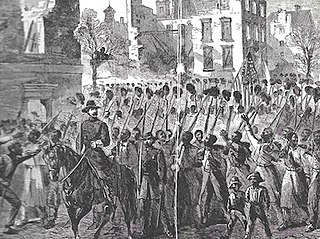
The 55th Massachusetts Infantry Regiment was the sister regiment of the renowned Massachusetts 54th Volunteers during the latter half of the American Civil War, formed because of the overflow of volunteer enlistees to the 54th Massachusetts.
The 40th Regiment, Massachusetts Volunteer Infantry Regiment was a three-year infantry regiment of the Union Army that served in the Department of Virginia and North Carolina, the Army of the Potomac, and the Department of the South during the American Civil War.

The 42nd Regiment Massachusetts Volunteer Infantry was a regiment of infantry that served two tours in the Union Army during the American Civil War. The unit was first formed in September 1862 in response to President Abraham Lincoln's call for 300,000 men to serve for nine months.

The 43rd Regiment Massachusetts Volunteer Infantry was a regiment of infantry that served in the Union Army during the American Civil War. The unit was first formed in September 1862 in response to President Abraham Lincoln's call for 300,000 men to serve for nine months. The nucleus of the regiment was the Second Battalion Massachusetts Volunteer Militia, a unit dating to 1798 known as the Boston Light Infantry and nicknamed the "Tigers." The 43rd Massachusetts therefore became known as the "Tiger Regiment."

The 44th Regiment Massachusetts Volunteer Infantry was a regiment of infantry that served in the Union Army during the American Civil War. Its nucleus was the 4th Battalion Massachusetts Volunteer Militia, known as the "New England Guards". An old state militia unit dating back to the Revolution, the 4th Battalion was called upon to serve garrison duty at Fort Independence shortly after the beginning of the Civil War. After President Abraham Lincoln's August 1862 call for 300,000 men to serve for nine months the 4th Battalion was given permission to recruit to a full regiment and to muster into federal service.


